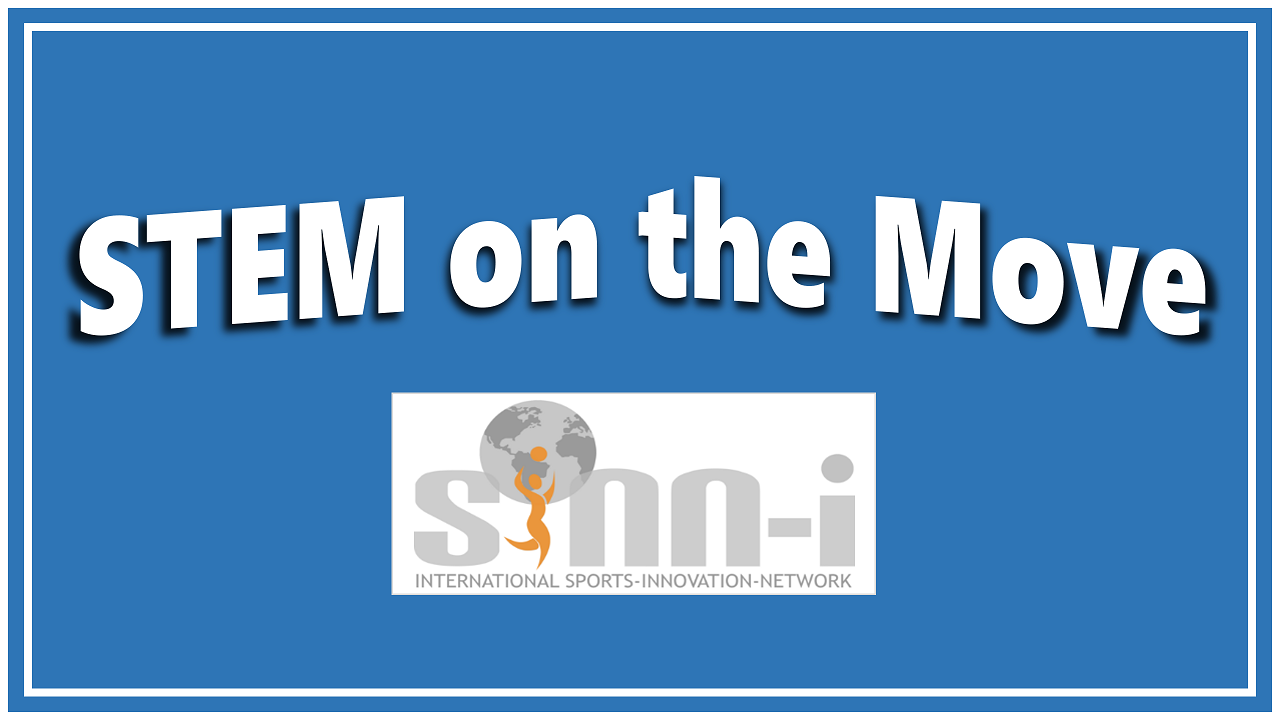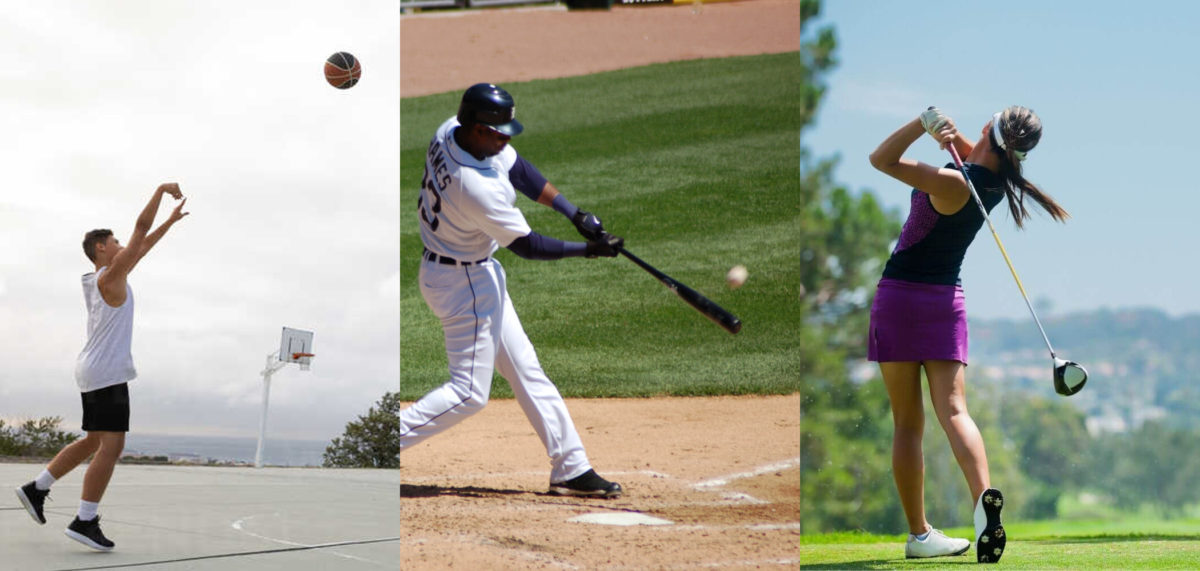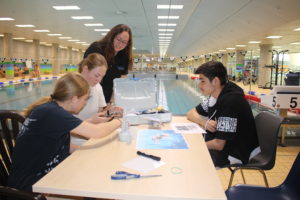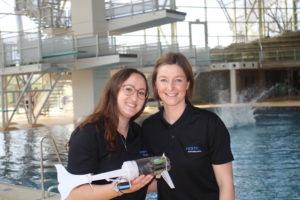The idea is to compare different sports types by reducing their complex physics to a few concrete variables. Namely, how far can you toss/hit a ball, depending on its own size and the length of any sort of bat? (e.g. golf club, baseball bat, racquet, … – or none, in case of throwing it yourself, like basketball, volleyball, …)
To reduce the complexity of this setup, it’s best to compare just very few sports with distinct characteristics to each other.
For example:
1) Throwing Basketball – 2) Throwing Tennisball
3) Hitting Baseball – 4) Hitting Golfball
To ease the comparison, this setup focuses solely on the total throwing distance, compares which of the sports does fair the best, and analyzes factors why this is.
Some Variables you might want to include:
- Size of the ball
- Weight of the ball
- Size of the bat
- Weight of the bat
- Acceleration path (how much do you rotate your body before hitting the ball, how much distance does your arm/bat cross before hitting the ball, …)
- The initial speed of the ball (at impact or letting go)
- The surface of the ball (smooth, pimples, dents, fur, …)
- Including differences in wind speed / direction
Here are some key questions, where you could either put one of them as the main focus of the whole sequence or instead use these to motivate a deeper dive along the way:
- Why does a large ball (basketball) fly further if you throw it, a small ball further if you hit it?
- Why does a ball fly further if the “stick” is longer?
- What difference does the surface of a ball make? Why does a pimpled one fly further?
- Why do things fly further if you rotate your body when hitting it? Why do you not rotate when putting it? (Golf)
Alternative – Focus mostly on Aero Dynamics
Instead of comparing the aspects above qualitatively, you may also want to go more in-depth into Aero Dynamics. Most of the variables stay the same, but we’d suggest focusing mostly on one sport activity (e.g. Throwing basketball *or* golf *or* …) and analyzing the results that way.
Afterward, you may also like to extend the lesson sequence by comparing the sport with the other options (like baseball and so on) and look out for differences.













